The alcoholic drinks market is more dynamic and exciting than it’s been for many years, pointing to a profitable summer for retailers if the weather delivers the goods.
Widespread consumer interest in exploring new flavours and the provenance of brands has brought hundreds of new UK producers on to the market, with craft, local and premium brands in vogue.
With the forecourt sector’s top-up shoppers often seeking the reassurance of big brands, these trends are taking their time to filter through but canny operators such as East 17 and Simply Fresh in east London have shown that the likes of craft beer and boutique gin can be skilfully incorporated into a convenience offering if the location is right.
Manor Service Stations has alcohol licences at half of its 12 sites across north west England and managing director Joe Brough says it tailors the BWS offer to suit each location.
"You have to be led by location, the customer base and the competition," he says. "With wine, for example, we have some sites where customers are interested in bottles at £5 and others where they will push up towards £10."
Its sites include the Costcutter-fascia Oakwood Gate Service Station near Warrington, which doubled its retail space with a refit last year.
"We extended in a number of areas and beers, wines and spirits was one of them," says Brough. "It’s quite a transient site and is always going to have people looking for cheap offers, but at the same time we sell quite a lot of premium wine, so that site is a bit of a mix."
Within wine the big growth area nationally is in non-Champagne sparkling wine, with Nielsen figures in the Q1 2017 Market Report from the Wine & Spirit Trade Association showing that the sub-category grew by 13% in both value and volume in the off-trade in the 2016 calendar year. Champagne volumes were flat with a 1% decline in sales value and only one in eight bottles of fizz sold in the UK is now from the classic French fizz region.
"Prosecco is a very affordable treat and has made decent sparkling wine something that people can enjoy on a regular basis," says Brough. "It’s had very big growth for us and it’s still growing."
Still wine has been one of main casualties of the surge in interest in boutique home-grown products in categories such as beer, cider and gin, in addition to the sparkling wine boom. Both volume and value of off-trade wine sales fell 2% in 2016.
The good news in wine is that there is evidence of premiumisation, with the biggest growth coming in the £6-7 bracket and at over £9.
quality beer
A surge in interest in good quality beer, particularly among millennials, has spawned a micro-brewing movement which has resulted in more beer producers in the UK than at any time since before the Second World War.
Despite this, Nielsen figures suggest off-trade beer volumes were flat during 2016, though a 2% increase in sales value does point to a shift towards premium products.
And interest in smaller and start-up brewers has prompted some major brewers to adopt the colours of the craft movement, with Heineken launching a Bavarian-style pilsner lager and an American-style IPA under the Maltsmiths label. Both are sold in 33cl bottled and canned options.
Sam Fielding, head of the new beer team at Heineken, says: "People are talking, debating, experimenting and getting excited about new beers. But the fact is, 75% of beer-drinking consumers, have never tried what is commonly referred to as craft beer. We can have a positive impact on this sector of the market. We have the capabilities to educate and support retailers with their offering.
"This is about getting curious beer drinkers into the category and expanding their repertoire with more flavoursome beers which will be a springboard for them to discover beers from the 1,500 breweries in the UK."
The boom in premium and craft beer is also bringing marketing investment back into mainstream ale, with AB-Inbev-owned Boddingtons announcing that it is reuniting with TV presenter Melanie Sykes 20 years on from the campaign she fronted at the brand’s peak.
Marketing director Nick Robinson says: "Boddingtons is a key part of our core portfolio, and retains an extensive fan-base among beer drinkers."
One big trend in beer is interest in local products where the major regional brewers provide convenience retailers with an opportunity to bridge the gap between international beer brands and the very small brewers who prove to be the toughest sell.
Kent-based Shepherd Neame has recently added a Red IPA to its Whitstable Bay Collection of craft beers and national off-trade controller Claire Young thinks craft is a beer trend forecourts ignore at their peril.
"Despite being the smallest sub-set in the beer and cider categories, craft and speciality brands are growing exponentially off a small base and gaining increased visibility as they are now being championed by the major multiples," she says.
"Consumers are demanding variety and premium products in new formats and the convenience sector is well-placed to satisfy this demand and champion craft."
Brough at Manor Service Stations says the relative appeal of local beers is very site-specific. "There are sites where they will do very well but at others they’re slow-sellers," he says. "but where they do sell, people really like them. We do very well at our site in Colwyn Bay in north Wales with a local brewer called Purple Moose because everyone knows it within a five-mile radius."
The next new frontier in beer is so-called ’craft cans’, 33cl packs that are easier for consumers to carry than bottles and, many experts believe, keep the beer fresher for longer.
They also potentially mean a store can offer a bigger range because they’re easier to stack and take up less space.
Surrey’s Hogs Back Brewery has launched its London’s Outback ale and Hogstar lager in the format and managing director, Rupert Thompson, says: "For a growing number of younger craft beer drinkers, cans are an attractive pack format light, portable, ideal for festivals, barbecues and many other beer-drinking occasions."
In big-brand lager, the battle lines have been redrawn over the past year with Carlsberg Export, Carling and Foster’s all announcing significant packaging redesigns for their lines.
The Carling rebrand has also been carried through to its Cider, Citrus Twist and Premier brands.
Brand director Jim Shearer describes the new look as "simple yet proud reinforcing Carling’s values genuine, dependable and unpretentious".
Ifeoma Dozie, mainstream beers director at Foster’s supplier Heineken, says its new look champions the brand’s Australian heritage. "The beer category has changed significantly in recent years but the fact is Foster’s remains one of the top-selling beer brands in the country. Today’s consumers are increasingly interested in heritage and authenticity. They want to know where brands come from and the history."
Spirits have been another big success story for the drinks category, and growth continued in 2016, with the off-trade spirits market hitting the £4bn mark and volumes up 2% over the year.
Vodka, brandy and all types of whisk(e)y combined were more or less flat but every other significant spirits sub-category was in credit during 2016, with tequila up 5% in value, rum ahead by 3% and liqueurs by 2%. Rum growth is driven by flavoured and spiced rums, which were up a combined 13% in value.
Within vodka, flavoured vodka is performing well, up 9%, though it accounts for less than one in 30 of all bottles of vodka sold in the off trade. Likewise, within whisk(e)y there are pockets of strong growth, with imported whiskey up 4% in value over the year, with the US and Japan providing some of the biggest interest. Single malt Scotch sales have reached a record high in the UK, up 6%, though it is still outsold by blended Scotch by eight bottles to one. But it was gin that was the real star performer, driven by dozens of new product launches over the past five years and a fashionability that has taken it back into the Office for National Statistics’ inflation-measuring shopping basket of regular household purchases for the first time since 2004.
Gin sales are heading towards the £500m mark in the off trade and were up 14% in 2016, according to Nielsen.
Brough says his company’s spirits sales are almost exclusively driven by big-name brands like Gordon’s, Smirnoff and Jack Daniel’s.


















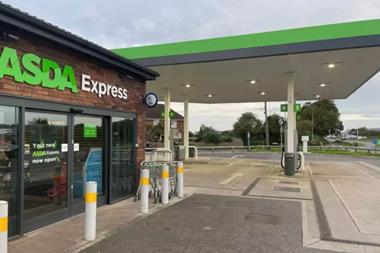
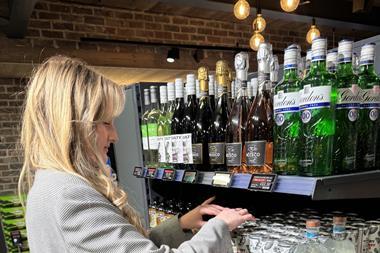
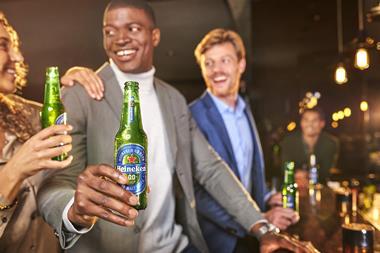


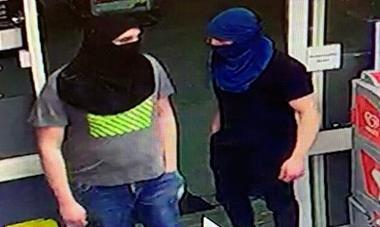
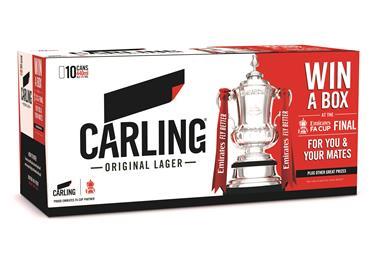

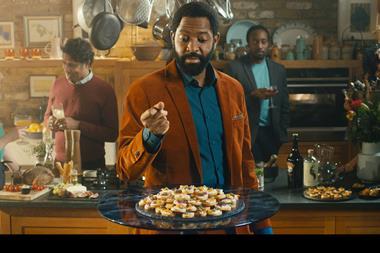


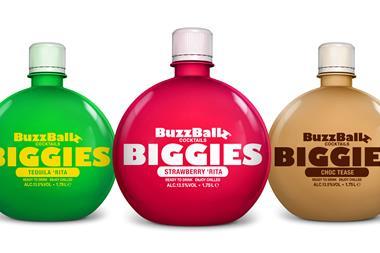
No comments yet